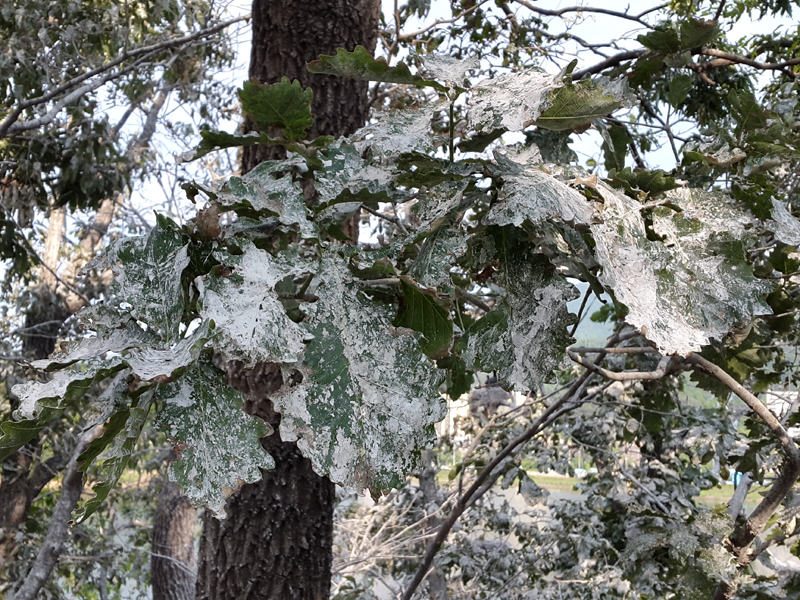Environment
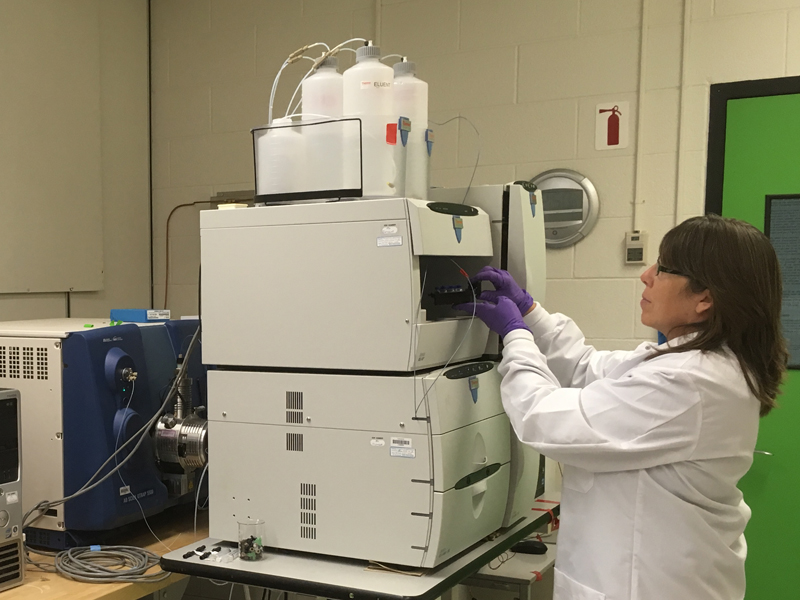
We often “flush it and forget it” when it comes to waste from toilets and sinks. However, it’s important to be able to track this wastewater to ensure it doesn’t end up in unwanted places. A group of Canadian scientists has found an unlikely solution.
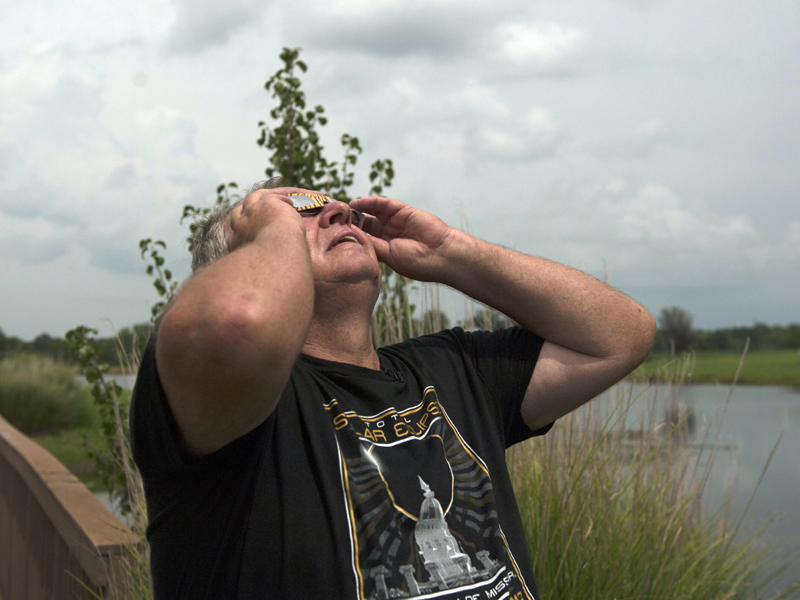
On August 21, 2017, about 215 million American adults watched one of nature’s most dramatic events: a total solar eclipse. However, most of the country could only see a partial eclipse. The path of the total eclipse was a strip just 70 miles wide, arcing across the country from Oregon to South Carolina.
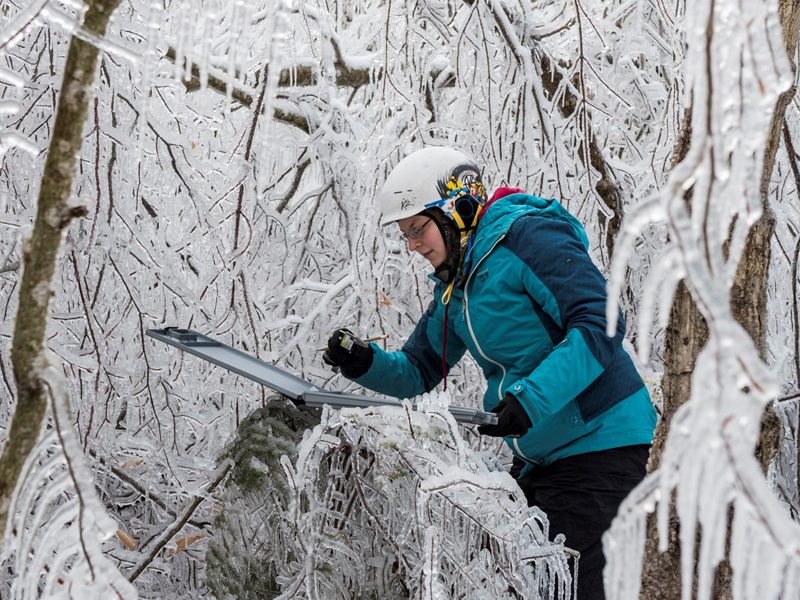
Ecologist Lindsey Rustad sculpts ice forests. She’s not a sculptor by trade, but in her latest ecology experiment, her team sprayed water over a portion of forest during the coldest part of the night. Within hours, the water froze to the branches, simulating an ice storm.
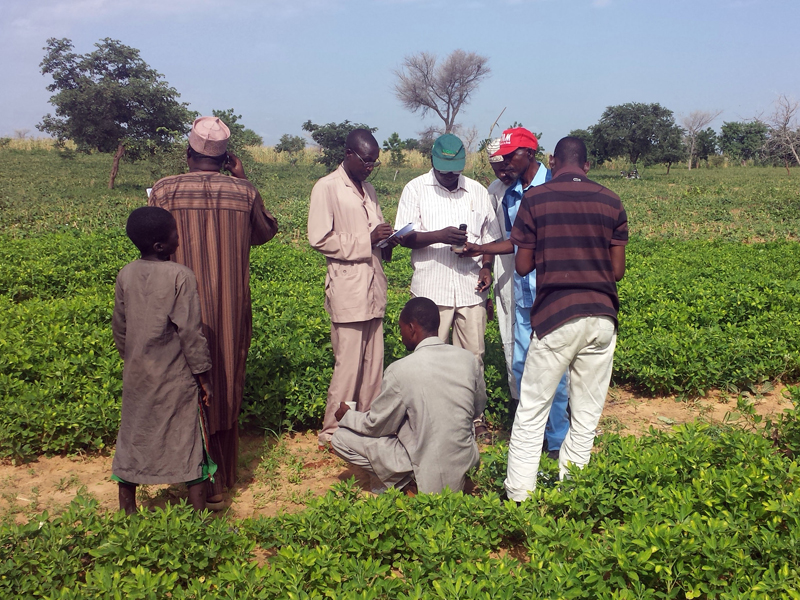
Two crops or one? Sometimes, growing two crops simultaneously on the same piece of land – called intercropping – can benefit farmers. But it needs careful planning and resource management.
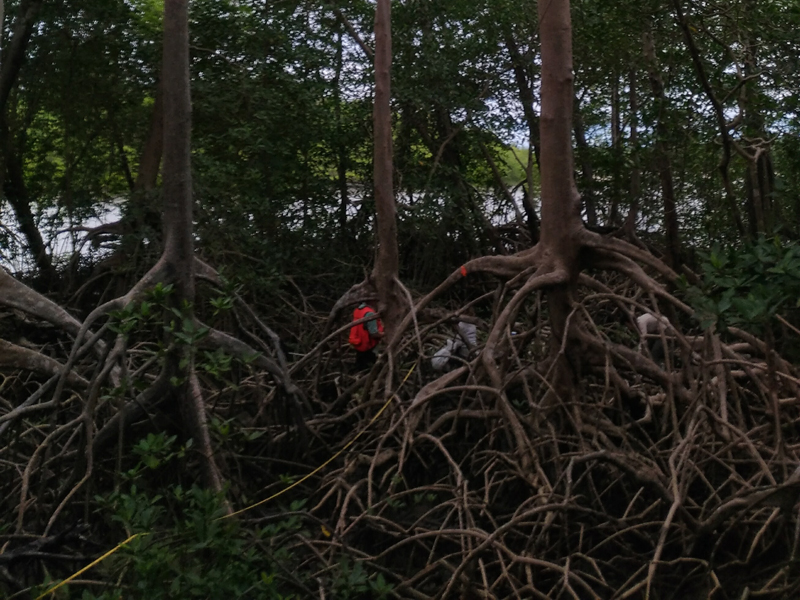
Did you know carbon comes in blue?
 Blue carbon refers to the carbon in oceans and coastal areas. These ecosystems are excellent carbon sinks – they can efficiently absorb and store carbon from the atmosphere.
Blue carbon refers to the carbon in oceans and coastal areas. These ecosystems are excellent carbon sinks – they can efficiently absorb and store carbon from the atmosphere.
And with global emissions of carbon dioxide topping 35 billion tons in 2016, carbon sinks are more important than ever.
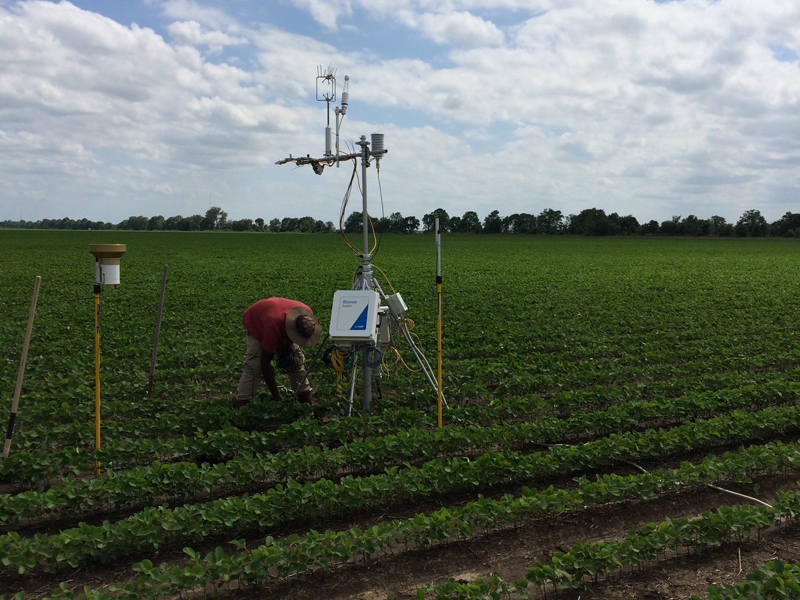
The Lower Mississippi River Basin’s Delta region lies mainly in Arkansas, Mississippi, and Louisiana. It is a fertile area that produces many crops. The region is warm and humid, with plenty of water. This makes it a potentially important carbon sink, capable of absorbing carbon dioxide from the atmosphere. However, such warm soil and plentiful moisture can also have the opposite effect. Carbon dioxide is released from decaying plants and organic matter in the soil.
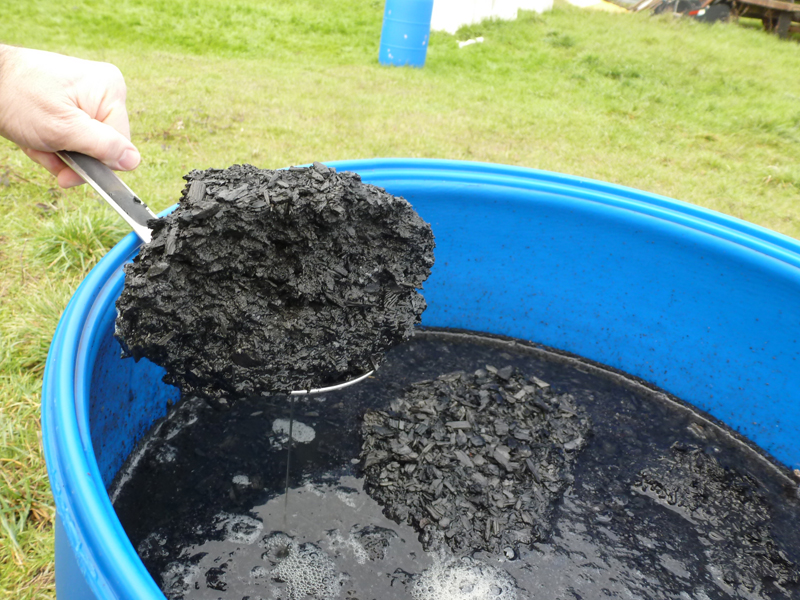
Manure is a reality in raising farm animals. Manure can be a useful fertilizer, returning valued nitrogen, phosphorus, and potassium to the soil for plant growth. But manure has problems. Odor offensiveness, gas emissions, nutrient runoff, and possible water pollution are just a few.
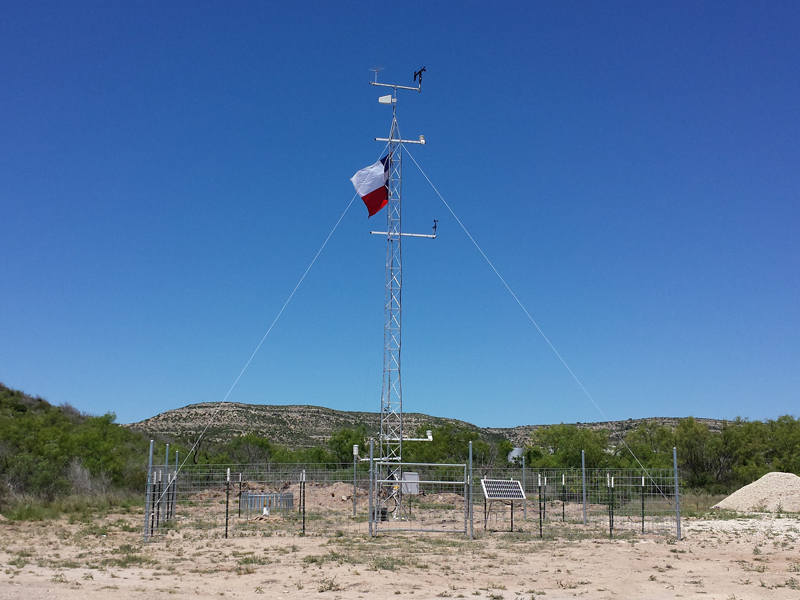
Are you a farmer who wants to keep better track of the climate conditions around you? There’s an app for that.
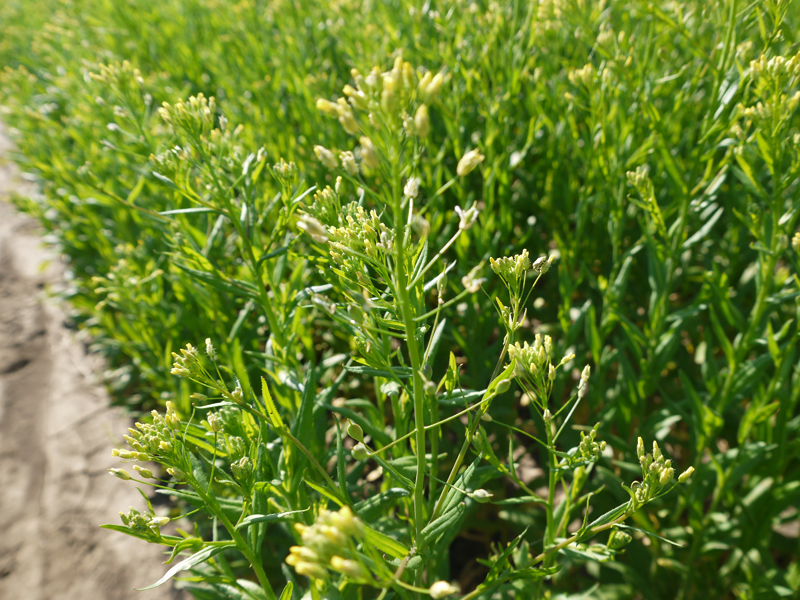
Camelina: Have you heard of it? It’s an emerging alternative oilseed crop in parts of the Great Plains.
 A new study looks at how three varieties of camelina perform when grown in two different regions within the Great Plains.
A new study looks at how three varieties of camelina perform when grown in two different regions within the Great Plains.
The end goal is to find the camelina variety that performs best in each location or environment. Augustine Obour at Kansas State University was the lead author of the paper.

